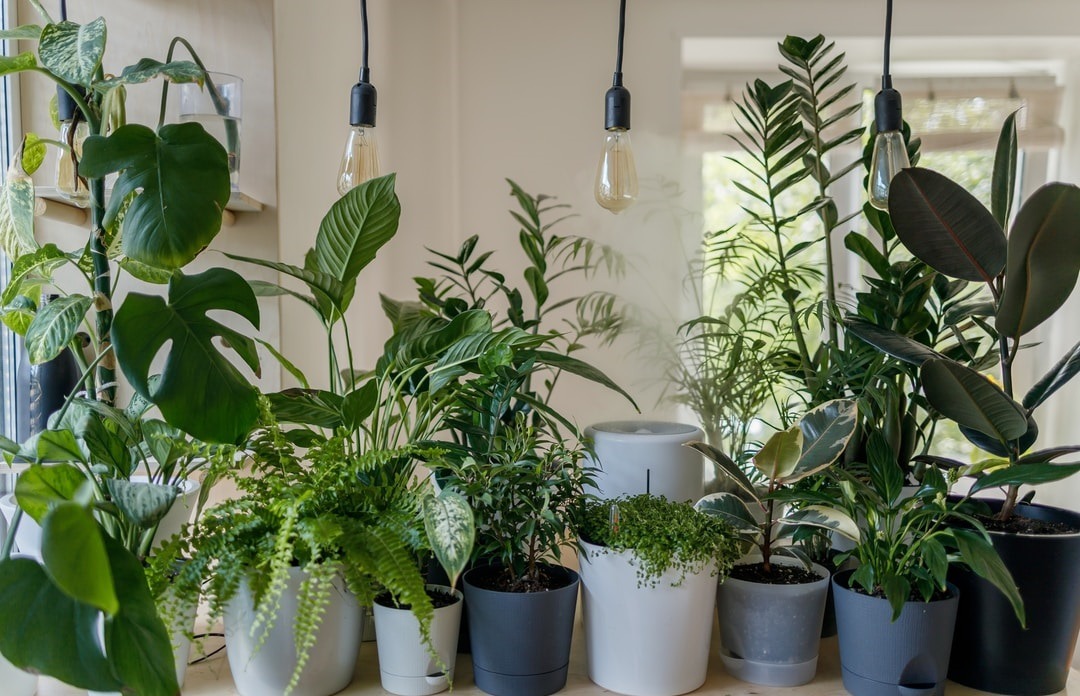The Chinese money plant has become an intensely popular indoor house plant. Not only is it abundant in the United States, but it is well-loved across the world. The money plant is a gorgeous species of Plantae. However, some may be more attracted to it for its potential to bring about prosperity. No matter the reason for your investigation, the story below can help you better understand this famed plant.
What is a money plant?
The scientific name for the money plant is Pilea peperomioides. It is a member of the stinging nettle family, but don’t worry. There is nothing abrasive about this plant. Instead, the money tree is adorned with lush, green, hairless leaves. Over the years, the money plant has accumulated many different aliases. A few names you may be familiar with include:
- UFO plant
- Missionary plant
- Pancake plant
- Mirror plant
As the name suggests, this plant hails from Southwestern China. It is rare in the wild, but many people own them and regard them as ornamental plants. This plant has long been known to bring money, luck, and good fortune to its owner. Some believe that placing a coin in the pot of your money plant will enhance your blessings.
How did the Chinese money plant leave China?
It is believed that the first westerner to collect the money plant was famous botanist George Forrest. The first known collection of the money plant occurred in 1906 along the Cang mountain range in Yunnan Province. However, it was not until 1945 that Norwegian missionary Agnar Espegren discovered and took cuttings from the plant to distribute elsewhere. Traveling first through India, he spread the money plant’s cuttings throughout Scandinavia. The first-known published image of a money plant was not until 1984. Now, it can be seen on nearly every corner of Instagram.
Are money plants worth it?
Everyone may not share the belief that money plants bring good luck and fortune. Purchasing a money plant will not automatically provide you insight regarding the top Crypto exchanges; you will still need to consult with the experts at CryptoVantage for that. However, everyone can appreciate its beauty regardless of its function. Money plants have shiny, dark, evergreen leaves. As a perennial plant, you can be sure to enjoy its presence all year long. It does produce flowers, but they are very inconspicuous. The money plant is also extremely easy to care for, which partially explains its popularity.
This plant loves sunshine, so it will thrive in a well-lit area. In the summer months, however, the sun can be too intense. Be sure not to overexpose your money plant. It is best to water this type of plant once a week, checking to ensure the soil is dry before watering again. These plants dislike sogginess, so try not to overdo it if it seems to be soaking up water more slowly. It can be tough to find a balance when it comes to watering plants, mainly because yellowing leaves can be a sign of overwatering, underwatering, or average plant growth. An excellent way to tell whether or not your plant needs more water is to pick it up. If it feels light and the soil is dry, it’s thirsty.
Luck is what you make it. If you’ve found yourself in a rut of bad luck lately, one of these little plants may restore your faith. Its reputation of being a magnet for prosperity may prove to work out in your favor. If not, you still have a beautiful ornamental plant to show for it. Investing in a Chinese money plant is always a win-win situation.

